|
|
|
|
|
|
|
|
Photo Gallery for Opheodrys aestivus - Rough Greensnake
| 31 photos are available. Only the most recent 30 are shown.
|
 | Recorded by: R. Newman, Dalton Newman
Carteret Co.
Comment: | 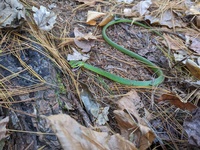 | Recorded by: J. Hughes
Burke Co.
Comment: |
 | Recorded by: R. Newman; L. Eckart
Carteret Co.
Comment: |  | Recorded by: K. Sanford
Camden Co.
Comment: |
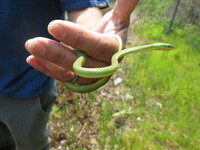 | Recorded by: Robert Russo
Brunswick Co.
Comment: | 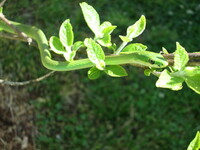 | Recorded by: Robert Russo
Alexander Co.
Comment: |
 | Recorded by: Robert Russo
Alexander Co.
Comment: | 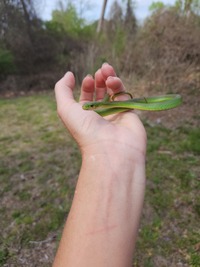 | Recorded by: K. Sanford
Camden Co.
Comment: |
 | Recorded by: Erich Hofmann and Kayla Weinfurther
New Hanover Co.
Comment: |  | Recorded by: Erich Hofmann and Kayla Weinfurther
New Hanover Co.
Comment: |
 | Recorded by: Erich P. Hofmann and Kayla Weinfurther
Columbus Co.
Comment: |  | Recorded by: K. Sanford
Camden Co.
Comment: |
 | Recorded by: Robert Russo
Catawba Co.
Comment: |  | Recorded by: Robert Russo
Catawba Co.
Comment: |
 | Recorded by: Erich Hofmann and Kayla Weinfurther
Columbus Co.
Comment: | 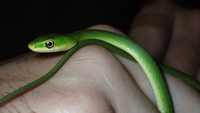 | Recorded by: Erich Hofmann
Craven Co.
Comment: |
 | Recorded by: B.Fleming
Carteret Co.
Comment: |  | Recorded by: Erich Hofmann and Kayla Weinfurther
New Hanover Co.
Comment: |
 | Recorded by: K. Sanford
Camden Co.
Comment: | 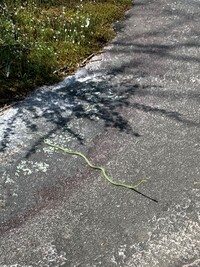 | Recorded by: J. Jordan
Wake Co.
Comment: |
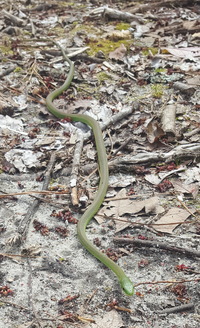 | Recorded by: K. Sanford
Camden Co.
Comment: | 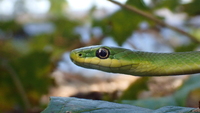 | Recorded by: Erich Hofmann and Kayla Weinfurther
Columbus Co.
Comment: |
 | Recorded by: Erich Hofmann and Kayla Weinfurther
Craven Co.
Comment: | 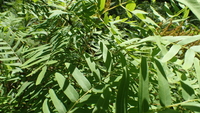 | Recorded by: Erich Hofmann
Craven Co.
Comment: |
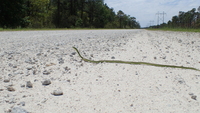 | Recorded by: Erich Hofmann and Kayla Weinfurther
Craven Co.
Comment: | 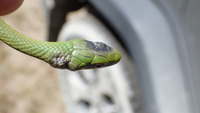 | Recorded by: Erich Hofmann and Kayla Weinfurther
Craven Co.
Comment: |
 | Recorded by: Erich Hofmann
Craven Co.
Comment: |  | Recorded by: Erich Hofmann
Craven Co.
Comment: |
 | Recorded by: Erich Hofmann
Carteret Co.
Comment: | 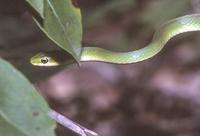 | Recorded by: Steve Hall
Orange Co.
Comment: |
|
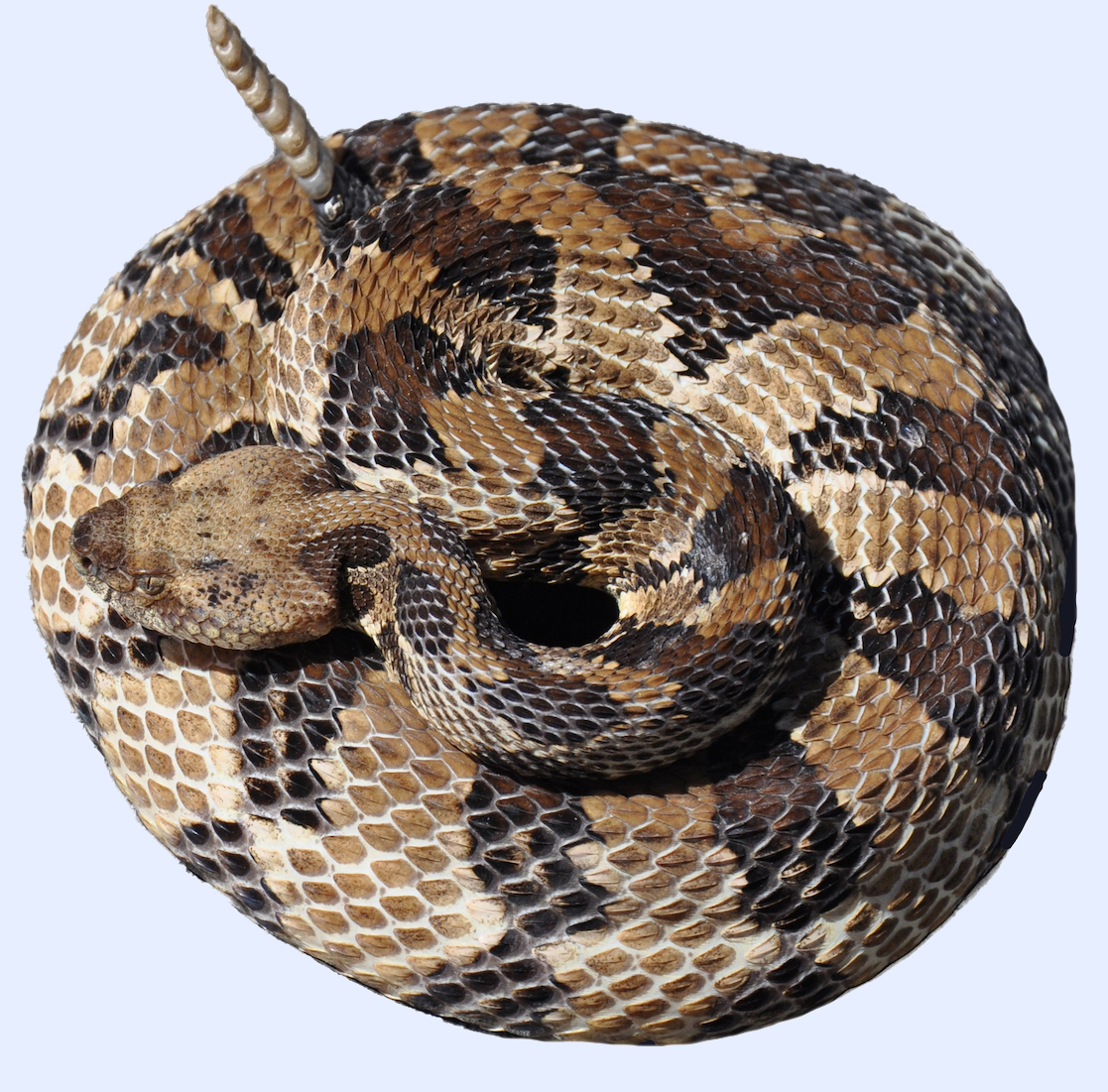
 »
» 
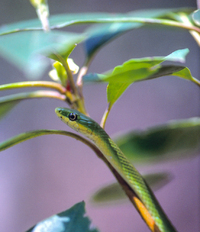

 »
» 
